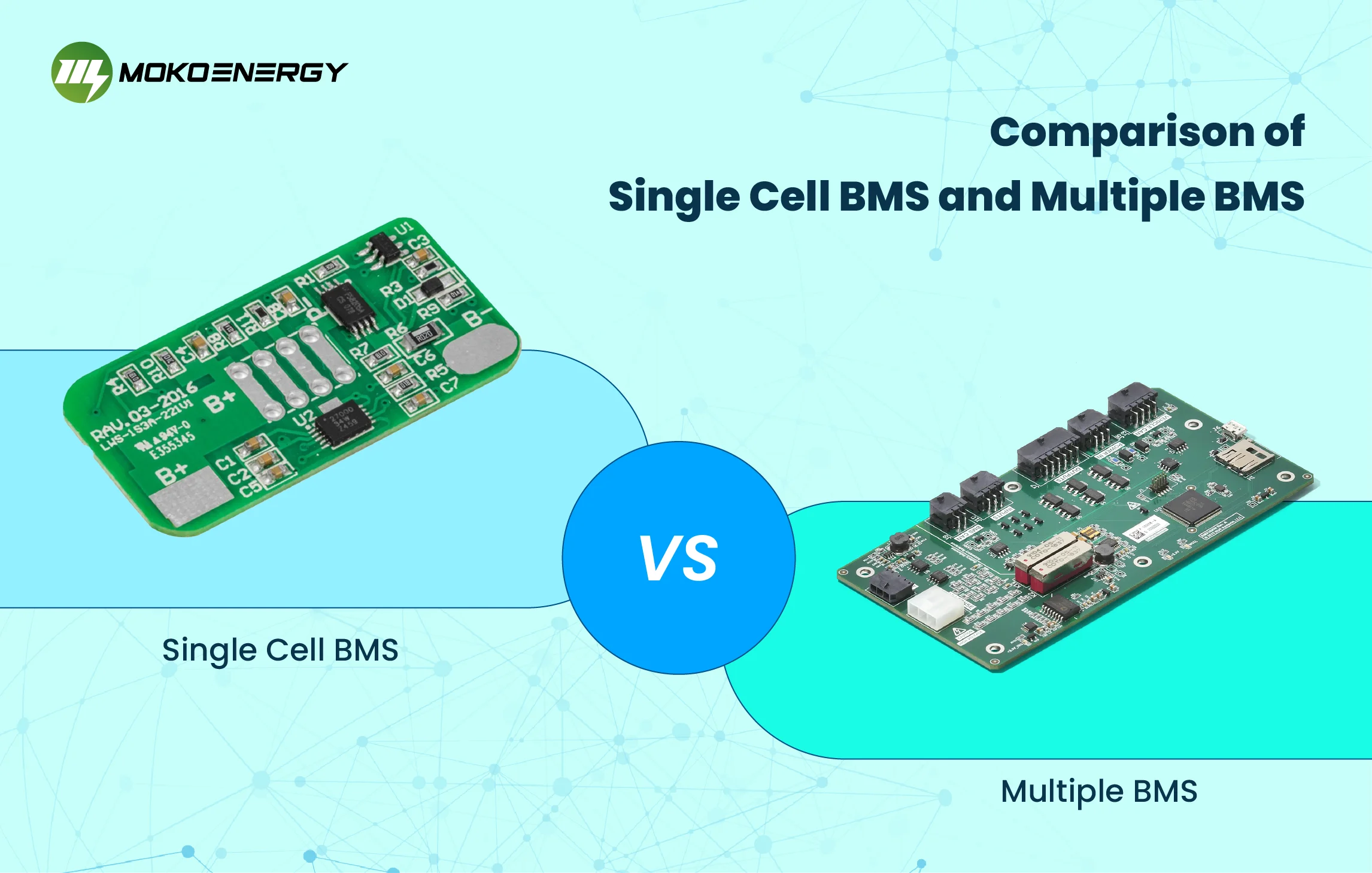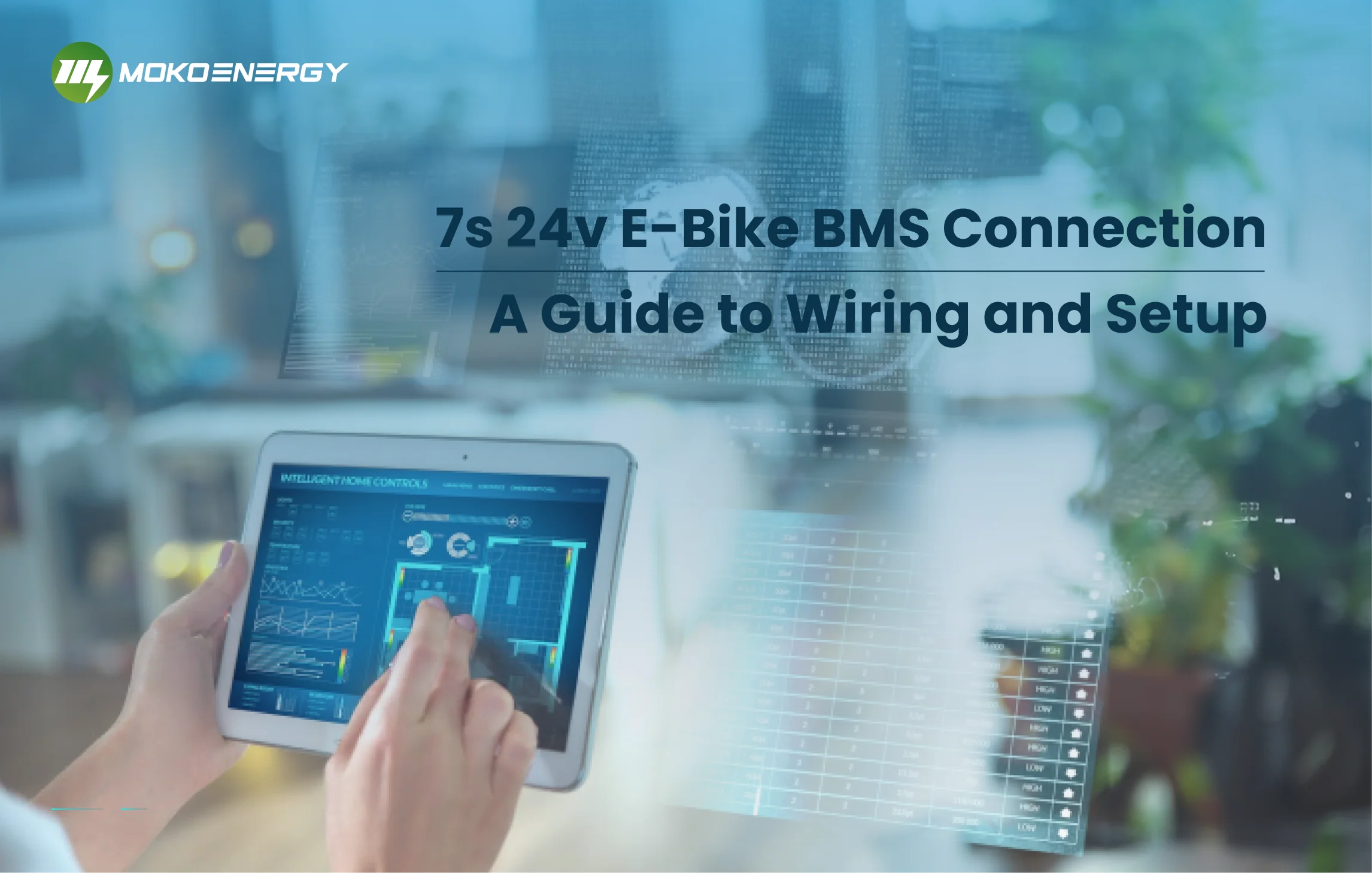Battery balancing solutions, especially active battery balancing, can help achieve the best efficiency and durability of batteries. However, you might be wondering what exactly active battery balancing is or how it is different from passive balancing. Here, I’d like to answer these questions and also give you some information on how battery management works.
I. What is Active Battery Balancing?
Active battery balancing is a method of maintaining the state of charge of individual cells in a battery pack. In a multi-cell battery system, for example in electric cars or energy storage stations, each of the battery cells can have a slightly different capacity or voltage. When cyclicities are repeated, these small disparities can cause the charge levels to be uneven, thus causing the battery pack to have less charge.

Lithium power battery packs based on active balancing technology can actively balance the differences between lithium power battery cells within the battery pack, whether during charging, discharging or storage. This technology can eliminate the inconsistency of lithium power batteries after formation of the group due to its own and the use of the process.
Batteries use energy transfer devices to replenish the power of high-energy lithium power battery cell to low-energy one. Its working principle is to utilize the means of single/bidirectional transfer of lithium power battery energy within the battery pack. This will achieve the purpose of improving the variability of each battery cell within the battery pack.
II. How Does Active Battery Balancing Work?
In order to better understand the significance of active battery balancing, we need to turn to the working process behind it. Essentially, the system’s main goal will be to keep the charge balance among all cells in a battery pack as balanced as possible so none of them over or undercharge.

1. Energy Transfer Process
As in the active battery balancing system, the amount of energy from the higher-charged cells is transferred to the cells that are lower charged. This is usually accomplished by employing the energy storage elements such as inductors capacitors and transformers. Such components enable the energy to be transferred without much energy losses as the energy flows from one component to the other.
Step 1: The system detects the cells with a higher charge.
Step 2: The electronic circuits extract the excess energy in these cells.
Step 3: The system redistributes the stored energy to cells that may have low voltage levels thus equalizing the voltages of cells within the battery pack.
This means that the charge is distributed more evenly, thus making the operation of the battery system much better.
2. Benefits of Even Charge Levels
Increased Battery Lifespan: Active balancing helps to minimize charge and discharge currents affecting particular cells, which helps to reduce stresses and increase battery pack life.
Optimized Performance: When the cells are balanced, it means that the battery can deliver the power as required without fluctuations, making devices or vehicles reliant on the battery more reliable.
Improved Efficiency: While passive balancing dissipates energy as heat, active balancing circulates energy around the battery pack, which is highly effective.
This energy transfer process is especially beneficial in applications where energy density is high, thus, small losses amount to much, for instance, in EVs or grid storage systems.
III. Active vs. Passive Balancing-Basic Comparison
Battery balancing can generally be divided into two types: active and passive. While both methods aim to equalize the charge levels of cells, they differ greatly in approach and efficiency. Let’s start talking about the differences:
1. Active Balancing
As we have understood, active balancing is quite a complex process which transfers energy between cells. The advantages of this method include:
- Energy Efficiency: Instead of letting the energy go to waste, active balancing transfers it to other cells that require it. This helps in reducing the leakage of energy.
- Battery Longevity: Active balancing also prolongs the life of the battery pack by controlling the charge without generation of heat.
- Cost Efficiency Over Time: Though active balancing systems might be even more complex and costly at the same time, yet, they are proven to be more efficient and prolong battery’s lifetime which in its turn makes them cost-effective eventually.
2. Passive Balancing
The passive balancing is carried out by using resistors to dissipate the energy from the fully charged cell. While this method is simpler, it has several drawbacks:
- Energy Loss: This energy is in a way dissipation in the form of heat within the battery pack and hence lowers the overall efficiency.
- Risk of Overheating: The process of conducting away heat means efficient dissipation of power as heat and this may pose thermal problems, especially to large battery packs.
- Shorter Battery Life: Since the passive balancing does not handle the fundamental unbalance of the cells, the battery’s overall performance will degrade much faster over time.
| Feature | Active Balancing | Passive Balancing |
| Energy Efficiency | Redistributes energy, minimal waste | Wastes energy as heat |
| Battery Lifespan | Extends lifespan due to balanced cells | Shorter lifespan due to inefficiencies |
| Thermal Management | Generates little heat, less overheating risk | Generates heat, risk of overheating |
| Cost | Higher upfront, lower long-term costs | Lower upfront, higher long-term costs |
The clear benefits of active balancing make it the preferred option for applications where energy efficiency and battery health are of utmost importance.
IV. Applications of Active Battery Balancing
Active battery balancing is currently being employed on applications that require high efficiency and reliability.
1. Electric Vehicles
Electric vehicles rely on large, high-capacity battery packs to power their motors. In case of a lack of a balancing system, some of these batteries can easily go unbalanced, which results in low range, poor performance and short battery longevity. Active balancing ensures each cell in an EV battery pack is charged in the best way possible which maximizes the vehicle range and also the durability of the battery pack.
2. Energy Storage Systems
Battery energy storage systems at the grid level is common, especially for renewable energy sources such as solar energy or wind energy. In large-scale systems, losses can pile from tiny amounts of inefficiencies within a circuit or in the distribution of power. Battery balancing maintains a minimum energy difference across the battery cells means that energy wastage is minimized as power is efficiently stored in the battery cells.
3. Portable Electronics
It is worth mentioning that even in small uses such as smartphones, laptops, and power tools, active balancing is now making its way. As these devices become more powerful, their battery demands increase. These active balancers assist in maintaining the performance of these gadgets even when the battery cells deteriorate with time.
V. Conclusion
In contrast to the passive battery balancing techniques, active battery balancing is efficient, effective, and cost-saving strategy to solve the problem of unbalanced cell charging.
This is why at MOKOEnergy we do comprehend the significance of highly developed solutions for battery management. In our BMS portfolio it is now possible to find solutions that include active balancing technology. In this way, we contribute to even charge levels and an optimization of the battery lifespan to achieve maximum utilization of energy storages. To learn more regarding the specific ways in which our solutions can translate to value for your enterprise, you are welcome to visit MOKOEnergy.
With active balancing on your side, you are not only improving the efficiency of battery, but also paving the way for a new chapter of pro positive energy evolution.






